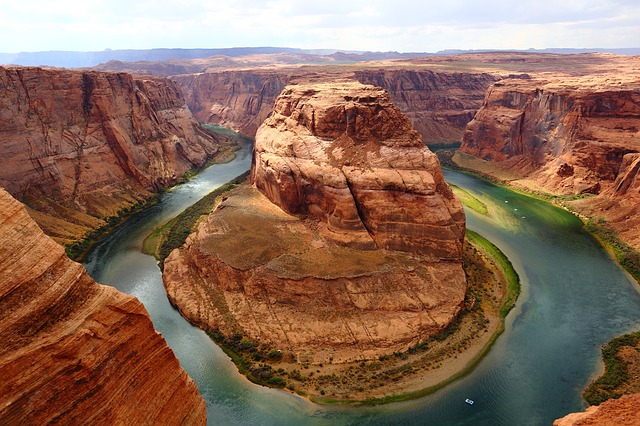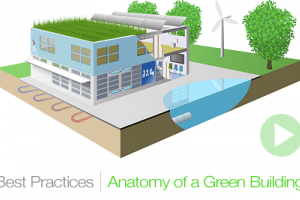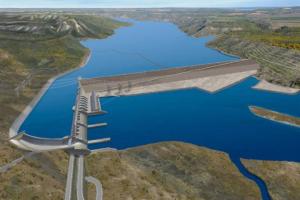Site Selection for Dams - Factors affecting Dam Site Selection

The purpose of a dam is to retain and store large quantities of water in a safe way. Many considerations are analyzed. Dams can be built anywhere if you can spend enough money. However preferred site have following characteristics which lead to lower project costs. Thus alternate dam sites/axis location are evaluated for most cost effective choice. A study for site selection for dams must include a study of the following factors and parameters:
Dam Site Selection
- Small river channel width with steep side gorge will ensure a stable and economical dam design as well as short dam crest length. This will also lead to large storage for small dam length.
- A wide and gently sloping valley upstream of the dam site (for storage dams) and narrow and steeply sloping valley for hydropower dams so that the flowing water has the necessary potential energy and speed to generate electricity.
- River channel and valley has very flat slopes upstream of dam site. This will result in large storage for small dam heights.
- Dam site selection should be such that where a deep reservoir is possible. A deep reservoir requires less area, lesser land costs, less surface evaporation and many benefits. It also means lesser compensations to be given to the land owners and lower land cost.
- Enough water flow/yield should be available to meet the demand of the area
- High sediment load tributaries are excluded from the dam flow.
- Geology should be favorable for foundation (foundation can be designed at any site, but it increases costs), competent hard rock is most suitable.
- Abutments are water tight, and reservoir rim allows minimum percolation and seepage losses.
- The dam river should have a small 'river sediment rate' so that the dam could have a longer life span. It also depends on river morphology and catchment characteristics. Gomal Zam dam has 10 times more sediment load than Kurram Tangi dam, thus large dead storage space is adopted.
- Reservoir area should not be very sensitive to environment i.e. construction of dam should not much disturb the local ecosystem, natural habitats of plants and animals, wild life parks, endangered species, historical places, monuments etc.
- Site Selection for Dams should ensure that no seismic and tectonic activities or active faults in and near the site should be present to avoid any disaster and save costs on design of dam.
- The dam being constructed should have socio-political stability i.e. it should not cause any political or social controversies.
- Reservoir and dam area should be thinly populated to pose minimum risk / loss to local population.
- Site must have adequate stream flow record and Flood Frequency Analysis.
- Site is easily accessible; approach road is present or can be developed easily.
- Site Selection for Dams should be such that construction material are available nearby easily.
- Site near load center (demand area) for water utilization as well as consumption of generated power. Transfer of water and power over a large length could result in losses.
- No mineral resources in reservoir area (present or future)
- Existing infrastructure should be present in the area, e.g. highway, least affected. e.g. KaraKoram Highway and Bhasha-Diamer dam. This could minimize the project cost by reducing the need for construction of ancillary structures for access to dam site.








